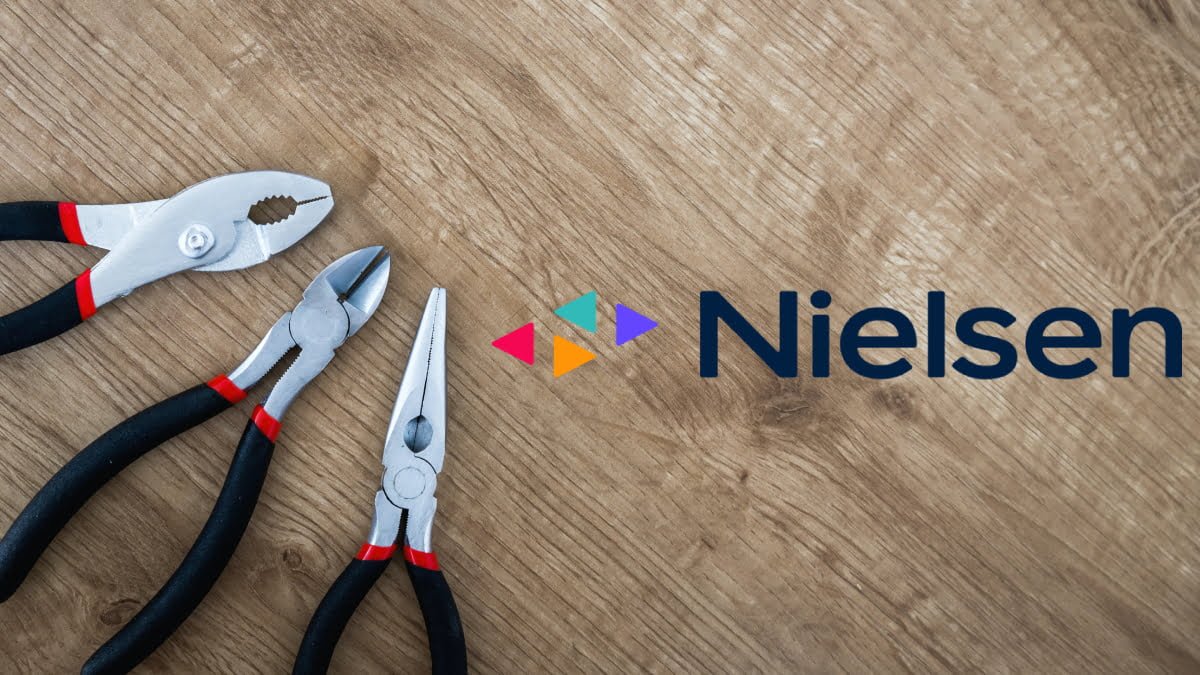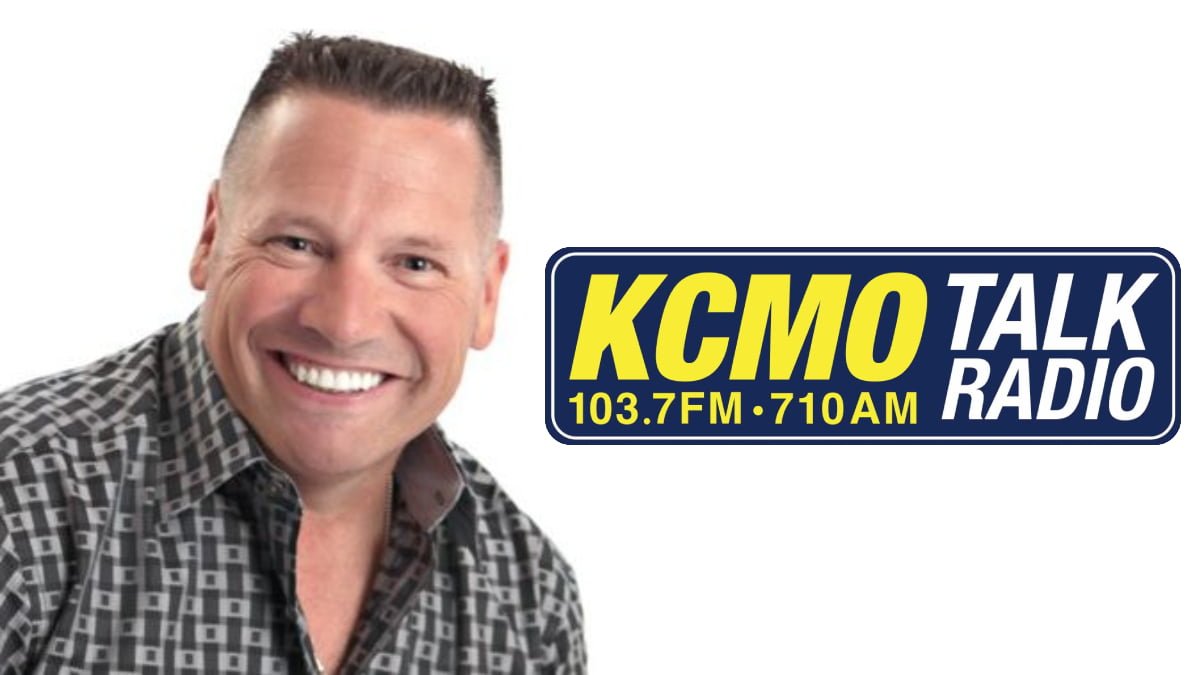Those of us who work in the radio business have been familiar with the term “average quarter hour” from the first time we ever looked at Nielsen ratings. You were told how five minutes in the clock quarter-hour would give you credit for 15 minutes. The measure has been around since the earliest days of radio.
As is obvious to anyone, the media world is changing. Some years ago, the national Nielsen data became based on average minute viewing evolving to commercial viewing today. Let’s face it, advertisers make their buys to reach viewers and the programs are just a vehicle to reach them. Separate from any other issues, advertisers want to know how many potential customers saw their spot as well as how many times. That’s before we get into what these potential customers do as a result of seeing the ad.
I’ve never quite understood the difference, but the term used today is “impressions”. Whenever I’ve asked someone knowledgeable about the difference between average minute ratings and impressions with respect to media, it seems they are the same thing. Of course, it’s not that simple, but let’s leave it at that for the moment to get to my key point.
What would happen if Nielsen ratings were based on average minute estimates rather than average quarter hour? The PPM system can support this as it currently works in thirty-second increments. Would ratings go up or down?
Let’s consider the three differences in an average minute scenario:
–Any listening for less than five minutes within the clock quarter-hour would now be included. That’s a plus.
–Any listening that crosses a clock quarter-hour would now count. For example, if a panelist listens from 7:12 until 7:19 in the average quarter-hour world, the station receives no credit. In an average minute world, that listening would be credited.
–Any listening between five and fourteen minutes in the clock quarter-hour would now be credited for the actual listening time. In today’s system, a panelist who listens from 7:00 to 7:05 gets credit for listening from 7:00 until 7:15. In that example, a station would lose ten minutes of listening.
How would it all shake out? Some years ago, internal analyses were run at Arbitron. Based on that work, the best projection was that average ratings would decline by 15 to 20 percent. You read that right: ratings would decline by 15 to 20 percent. The net is that those stray minutes that aren’t currently credited are swamped by the number of “phantom” minutes that would disappear because the listening never actually takes place. However, cume might increase a bit if you only need one minute of listening to be in a station’s cume.
Mull that over for a moment. With the exception of the year or so when many stations installed Voltair systems and ratings were subsequently goosed, radio usage has been in a steady decline for years. You can blame it on any number of factors, whether self-inflicted (long stop sets with too many spots, voice tracking, etc.) or exogenous competition for ears from streaming, satellite, and podcasting. A change in methodology for the PPM markets to put radio on an average minute system which would allow for impressions would cause ratings to decline further.
But then, we need to know about the definition of an impression or more accurately: are all impressions equal? I’ve worked with the Media Rating Council for many years, either representing a member company or as a representative of a ratings service that is audited. I have great respect for the MRC standards and what the organization does.
Here’s the MRC’s definition of an impression for online ads: “For a display ad on a browser, at least 50 percent of the pixels in the ad were on an in-focus browser tab on the viewable space of the browser page AND this requirement was met for at least one full second after the ad was rendered”.
Yes, one full second (you read that correctly). For video ads, it’s 100 percent for at least two seconds with the audio on.
Is two seconds enough for someone to understand what the ad is about and take it in? Of course, many may stick with an ad for a longer period of time, but that is an easier criterion to meet than we have in radio. A full PPM code is nearly five seconds long. The system works in thirty-second increments. And I haven’t mentioned the diary system which seems incapable of moving to anything more granular than average quarter hour.
Before radio moves to average minutes and impressions, we need to understand what will happen and that not all impressions are equal. While there is little momentum for a change today at Nielsen, my guess is that we’ll see it happen sometime in the not-too-distant future. Let’s have our eyes wide open…for at least two seconds.
Let’s meet again next week.








